Jim East
- 88 Posts
- 69 Comments
All good. I don’t think that there is a single correct answer to this.
Now I wonder at what point an old culture can be considered superseded by a new one. If colonisation wipes out the traditions of a culture to the point that no one remembers them, and the people only know the crops introduced during times of colonisation, and the indigenous peoples become united and speak a new language (e.g. English), can that be considered the start of a new culture with new traditions that involve non-native plants?
A thought-provoking topic indeed.
Sure, by the dictionary definition, that is tradition. I don’t deny that the non-native plants can be passed from one generation to the next just like anything else. The lack of distinction between native and non-native plants in the context of “tradition” just seems a bit misleading.
It just seems arbitrary. What about 5 years old? Most cultures on the planet could then claim that smartphones are traditional tools of their culture, even though they were designed somewhere else, manufactured somewhere else, installed with software developed somewhere else… In the context of plants, this seems almost to disregard the historical importance of native species. If a non-native plant was introduced to a culture only 50 or 100 years ago, but the culture has been around for 1000+ years, then the ancestors of those same people, who would by all accounts be considered part of the same culture, would not even recognise it. Which generation gets to decide what constitutes a cultural tradition vs a modern practice?

 4·4 days ago
4·4 days agoSome do! Or at least, they give you a choice of OS at different price points. NovaCustom, Eurocom, and AVA Direct come to mind. Of course, there are also plenty of vendors that ONLY offer GNU/Linux pre-installed…

 1·4 days ago
1·4 days agoCow pasture accounts for about 80% of Amazon deforestation since 1970, but feedcrops like soya are still a significant contributor. Animal agriculture excluding cow pasture accounts for an additional 12% of deforestation, and part of that is soya monocultures. Perhaps the bigger problem with soya cultivation in the Amazon is the opportunity cost that is not apparent from the deforestation numbers: it is often grown on former pasture lands that could have otherwise reforested themselves.
That said, you’re right that not buying soybeans from Brazil would have little impact, as the vast majority of the soybeans produced in Brazil are fed to “livestock” animals.

 2·4 days ago
2·4 days agoTo be clear, the vast majority of the soybeans produced in the Amazon (and elsewhere) go towards “livestock” feed, so buying edamame or tofu isn’t really contributing much (if at all) to Amazon destruction, Atlantic Forest destruction, Cerrado destruction, or any other soy-related destruction in Brazil.
A fairly reliable choice in a wide range of conditions, but unfortunately not very goopy.
Possibly pushing your definition of “cucumber” a bit, but Cucumis anguria comes to mind. Probably not fit for the swamp, but in a container in full sun, it could work.

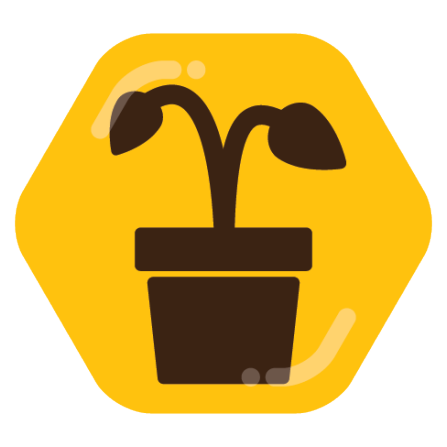 1·4 days ago
1·4 days agoAh, so I guess you don’t spend so much time sawing high branches then. Would you let the field reforest itself or just continue to mow it?
The time you enjoy wasting is not wasted time.
:)

 1·4 days ago
1·4 days agoAre your avocado trees seedlings or grafted? If grafted, you might try to ID them by comparing to the cultivars featured here. Pollination does seem like the most likely issue, but sometimes trees just aren’t strong enough to set fruit. Do they seem just as healthy as before? No strange weather anomalies during flowering?
I’ve never heard of Lemon Meringue mango before, but it sounds interesting! I’ve heard of Lemon Zest which is supposed to be delicious.

 1·4 days ago
1·4 days agoDid your Honeycrisp survive?
three sisters
You might consider Fordhook lima beans and Delicata squash. I’ve heard good things. Do you have purslane (Portulaca oleracea) there? If you let it colonise the garden beds, it makes a weed-suppressing moisture-retaining arthropod-sheltering edible ground cover.
Pruning hasn’t been an issue yet, but I will need to more actively manage the raspberries this year.
Yes you will, lest they begin to manage you. I recommend growing them over a fence or some wire or some sort of trellis and then pruning the ends before they can touch the soil and tip-layer themselves. Life is easier that way.
In the future I’m hoping to add lots more edible native shrubs, and maybe more trees if I can find good spots for them.
Some ideas in alphabetical order:
- Amelanchier laevis
- Asimina triloba
- Diospyros virginiana
- Prunus americana (if you don’t have plum blight there)
Last year one bin produced enough to cover about one and a half of my 4x8 ft garden beds
So you cover the surface of your garden beds with compost? That’s the way. Protect the soil from erosion while keeping the nutrients near the surface where the roots can reach them. A generous layer of mulch over the winter is also helpful, especially if the beds will be vacant.
I don’t really expect to get fully self sufficient on compost anytime soon, but I’ll keep producing as much as I’m able.
Do you compost your poop? Mixed with wood shavings, that could make a fair amount of compost.

 2·4 days ago
2·4 days agoOne consideration is the seasonality of the fruits that you grow. Additional fruit-bearing plants would ideally produce during gaps between the other fruit seasons so that you have a continuous harvest for as much of the year as possible. That’s something that will be specific to your area though, so I can’t really advise.
If you toss in any native plant seeds that you can find and then don’t mow, the lawn will eventually reforest itself. (If you were in North America, I would recommend Robinia pseudoacacia.) Less work than mowing 1-3 times a year. In the beginning, pulling the grass at the edge of the clover can help a lot, and it only takes a few minutes every month or so.

 2·4 days ago
2·4 days agoAh, of course. If you depend on the government and human-made infrastructure, New Zealand and Finland and the like are definitely more reliable than any countries at the equator. (Except Singapore? Interesting.) Governments don’t grow durian though.

 1·4 days ago
1·4 days ago



Severe weather events in New Zealand
I know that New Zealand has the ocean to buffer it against temperature extremes, but based on this image:

it seems that the island of New Guinea, which is also east of the Wallace Line, has experienced similarly mild warming in recent decades. Maprik (3.63°S, 143.05°E) at ~200m, for example:


seems to have a much more durian-friendly climate than even areas at sea level on the north island of New Zealand (e.g. Ahipara).
And that’s not even Borneo. What is the advantage of New Zealand? Am I missing something?

 111·4 days ago
111·4 days agoGitHub
Windows
privacy
Pick two and call me back.

 3·5 days ago
3·5 days agoBest way to protect yourself is to find some land at a comfortable elevation near the equator and start planting fruit trees.

 5·5 days ago
5·5 days agoNot even fair to compare to 2024. This year is on track to be the warmest non-El Niño year on record.

 2·6 days ago
2·6 days agoAre you sure that the trees aren’t Dunstan chestnuts?



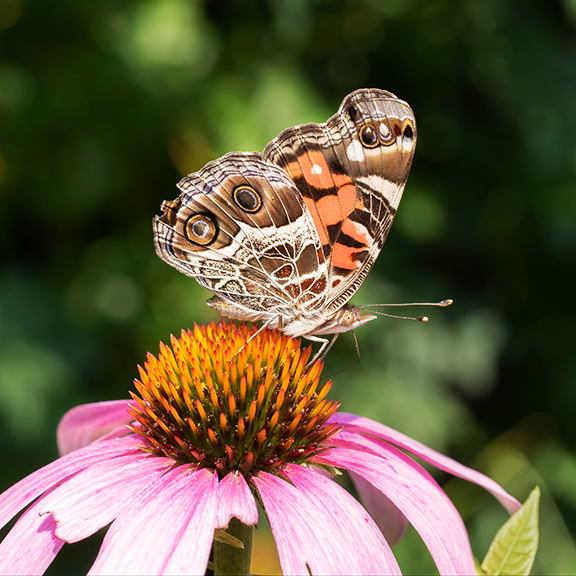

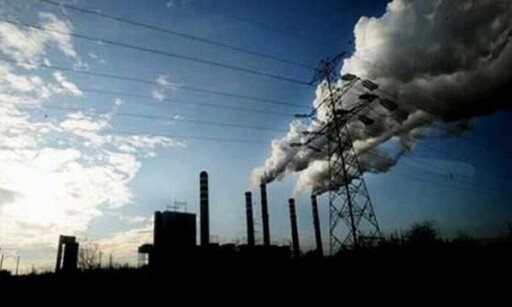





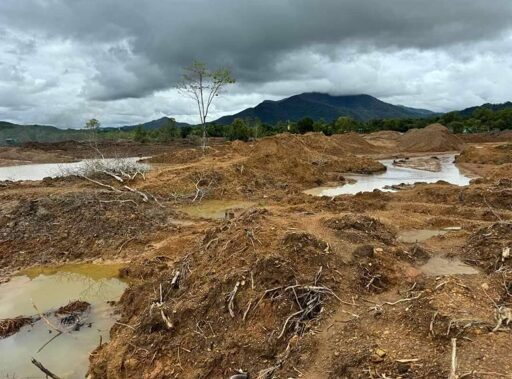

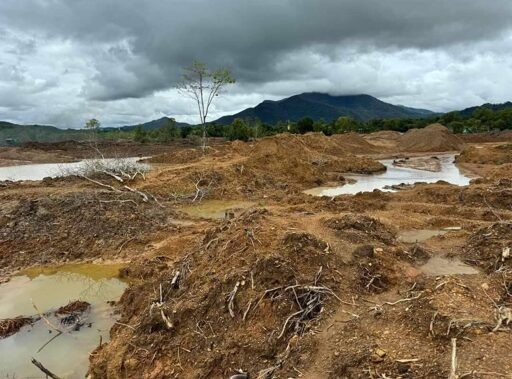




After playing with it, it seems that it’s only possible to embed images, not
.mdfiles or other text.